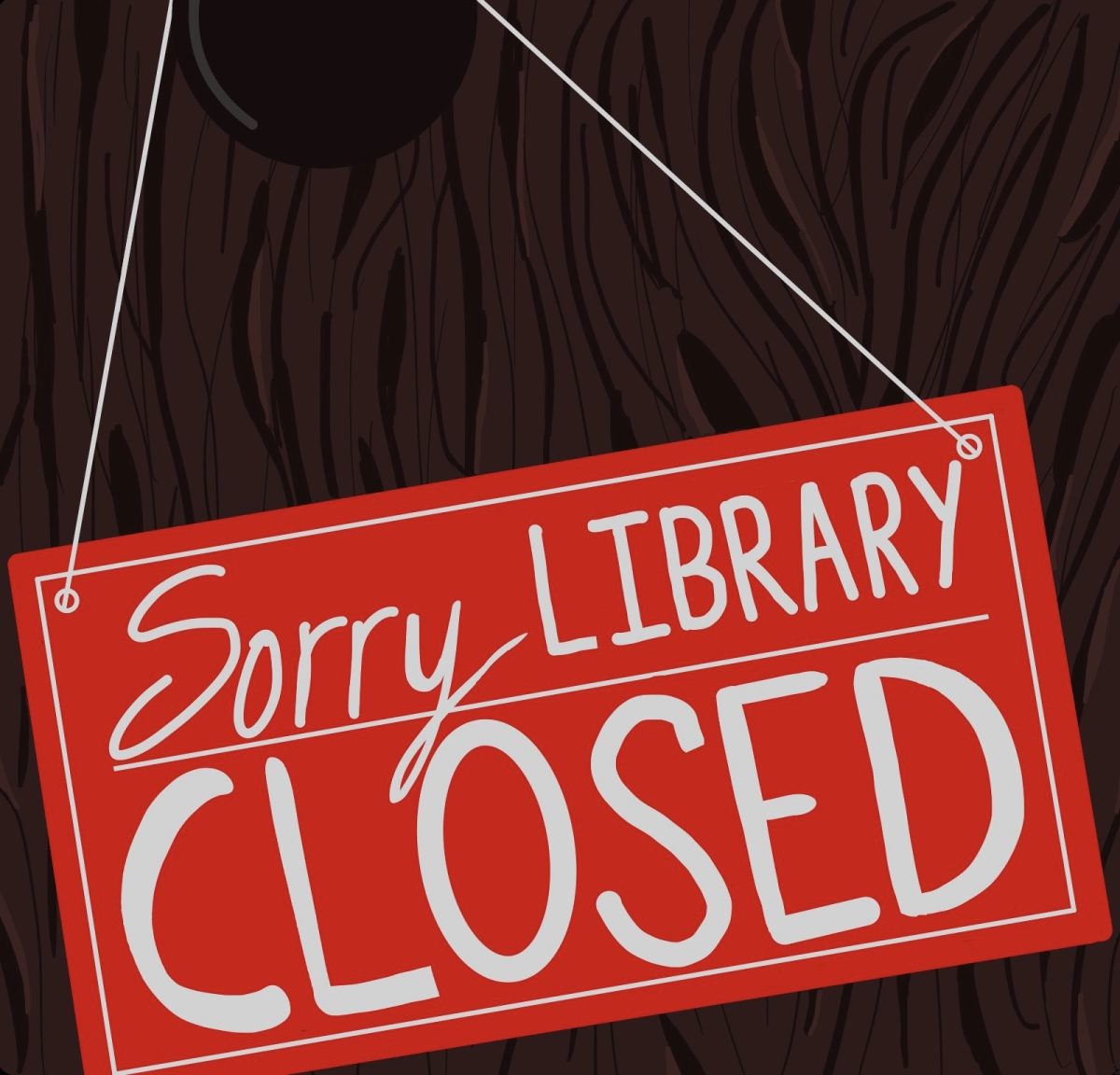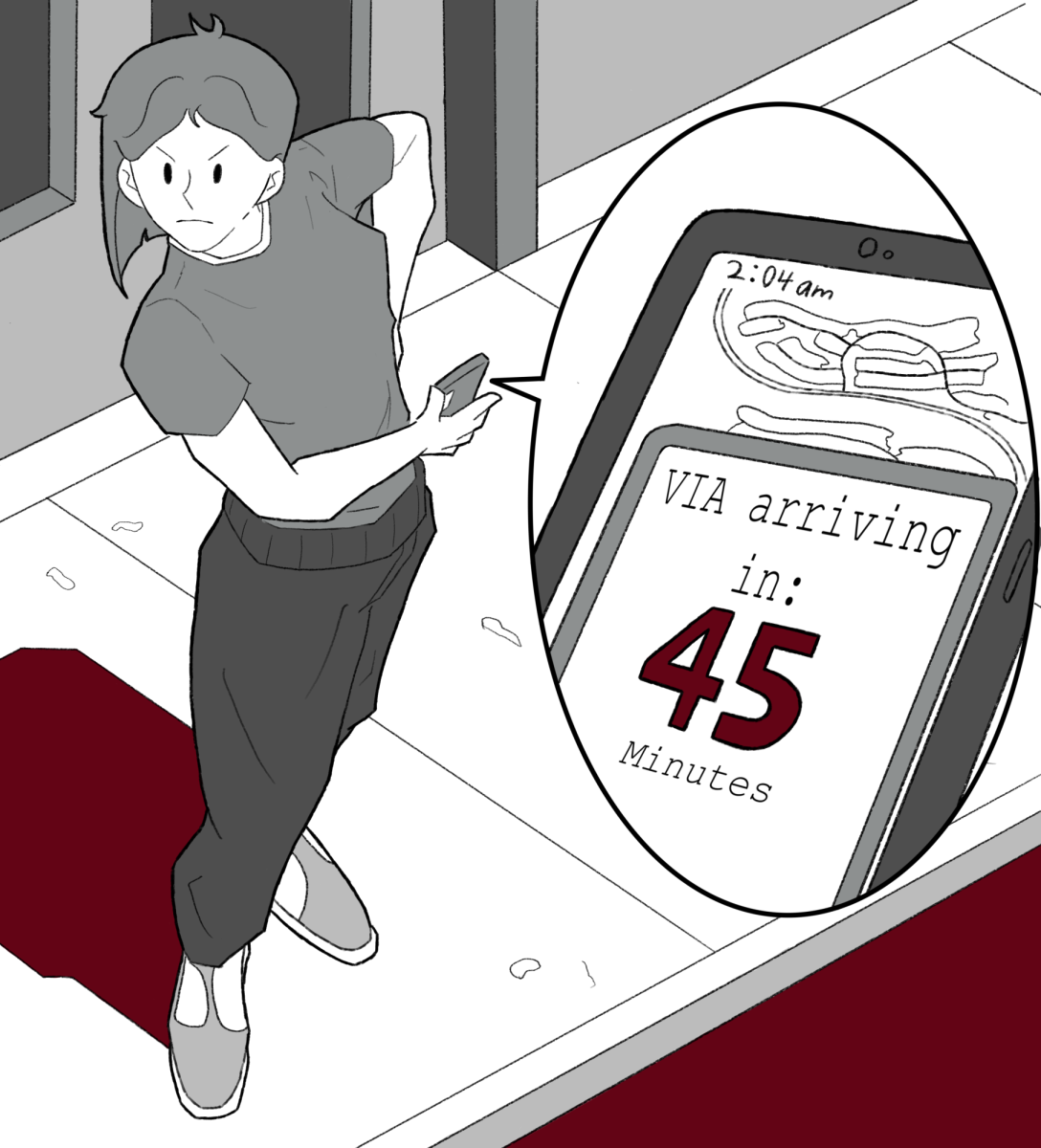We are failing the mentally ill in our society. Not just in the United States as a whole, but specifically in Chicago and Illinois. Although it may seem like a hidden issue, the effects can be seen every day throughout the city. Chicago’s homeless population has been well-documented, but the effect that mental illness has had on homelessness has not. A Treatment Advocacy Center report stated that “Approximately 33 percent of the homeless are individuals with serious mental illnesses that are untreated,” and a Chicago Tribune commentary detailed the scarce resources available for those who are homeless and mentally ill. Yet, the struggles of the mentally ill are not confined to homelessness. Increasingly, those assigned to help them are not mental health professionals, but police officers, guards, and jail administrators. The reason for this predicament? The slashing of mental health budgets in recent years, which has strained the criminal justice system in Chicago and around the country.
For some background, a 2015 article by The Atlantic that explored none other than Cook County Jail stated that during the Great Recession, “America’s 50 state legislatures cut a total of nearly $1.6 billion in services for the mentally ill” and that Chicago’s own City Council voted 50–0 in 2011 to close half of the city’s 12 mental health clinics to save money. Illinois also closed a third of its mental health hospitals, including Tinley Park Mental Health Center, which “treated nearly 1,900 patients each year in Chicago.” This created a treatment vacuum; regular mental health patients, accustomed to their specialized treatment programs, suddenly had nowhere to go. Without professional help, many people are unable to cope with their illnesses, and they resort to what Cook County officials described as “crimes of survival,” including retail theft and other minor crimes.
Consequently, former patients now become inmates. Although some jails like Cook County Jail have begun to serve as a national model for their progressive treatment of inmates instead of punishment, the mentally ill are often not as lucky. Both New York City and Los Angeles incurred federal investigations into their jails for abuse of those suffering from mental health issues, and according to a 2015 Department of Justice press release, “the Justice Department’s long-standing civil investigation into mental health care at the jails…[found] a pattern of constitutionally deficient mental health care for prisoners, including inadequate suicide prevention practices.” Are jails really the most humane and practical place for those who need medical help? The confines of a small cell, with limited movement, a constant din of yelling throughout the night, and overburdened medical professionals who are dealing with hundreds of patients a day make for the experience of any inmate to be at the very least, fraught with difficulty.
Jails are not even the first obstacle that the mentally ill face. First, they are unavoidably arrested by police officers for the aforementioned “crimes of survival.” Police officers, therefore, are forced to deal with a situation that most are not prepared for. Although the ongoing conversation and changes regarding police brutality in this country are certainly worthwhile and needed, much has been ignored with regard to the increased complexity of a situation in which police officers are forced to assume the role of mental health professionals. A New York Times article from June 2017 provoked outrage over the fatal shooting of Charleena Lyles (a 30-year-old Seattle woman shot multiple times by police) in her own home in front of her three children. Ms. Lyles had a history of mental illness and had been engaged in an ongoing battle with Child Protective Services over her parental rights. On that night, in fact, she was holding a kitchen knife when she was shot by officers responding to the scene. The police officers were not prepared for the situation and did not have a taser, which potentially could have led to a different outcome. Aside from all the ethical and legal considerations involving the police’s actions, perhaps the whole situation could have been avoided if Ms. Lyles had had access to adequate health care, and if those treating her were not law enforcement with guns but instead healthcare professionals with medication and professional training. The report induced a conversation about mental health training for law enforcement. Relatedly, a Fox News report titled “Officers trained to deal with mental illness in short supply” states that two large Californian cities, El Cajon and Sacramento, with a combined population of around 600,000, “each have a grand total of one mental health team that pairs a professional counselor and a specially trained officer.” Yet even this is considered progressive. The National Alliance on Mental Illness “estimates that only 3,000 of the nation's 18,000 law enforcement agencies have mental health response teams like those in Sacramento and El Cajon.” It is unfair to both those with mental illnesses and society in general that such a large health crisis receives such little attention.
The consequences of this are clear. The mentally ill are cycled through the criminal justice system for untreated issues, and untrained police officers are required to deal with them, sometimes with fatal implications; the Treatment Advocacy Center published a study stating that police are 16 times more likely to fatally shoot and kill untreated mentally ill suspects. With new Illinois and national budget cuts in process and additional ones expected, this crisis is unlikely to get more resources, only adding to the societal strain. Pushing mental health budgets to the bottom of the priority list has only accelerated the mass incarceration in this country, except this time, with some of the most disadvantaged in our population. The Chicago City Council and Mayor Rahm Emanuel should be more aware of this negligence to those among the least privileged in society.
Aaron Katsimpalis is a first-year in the College.








